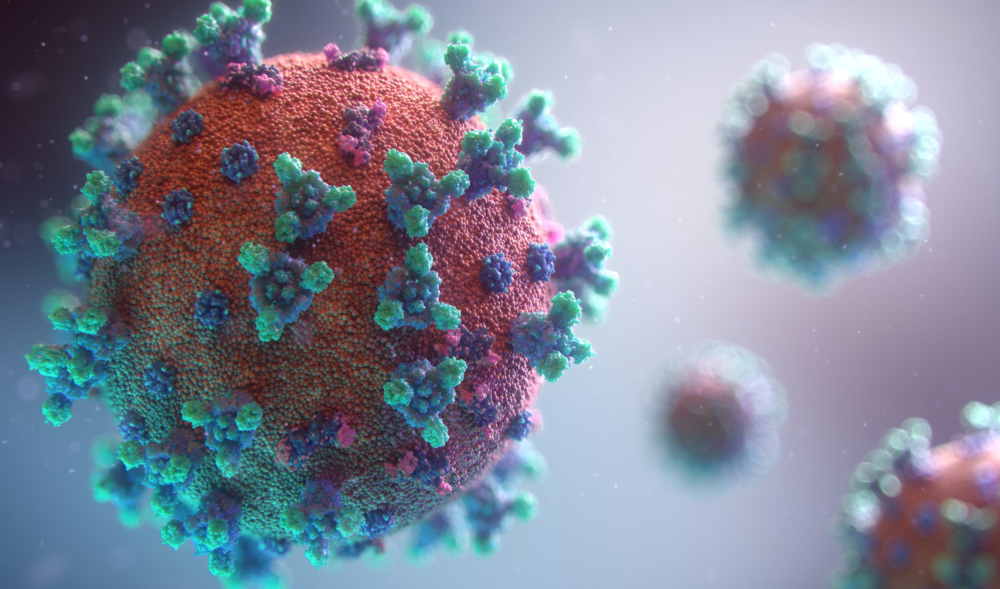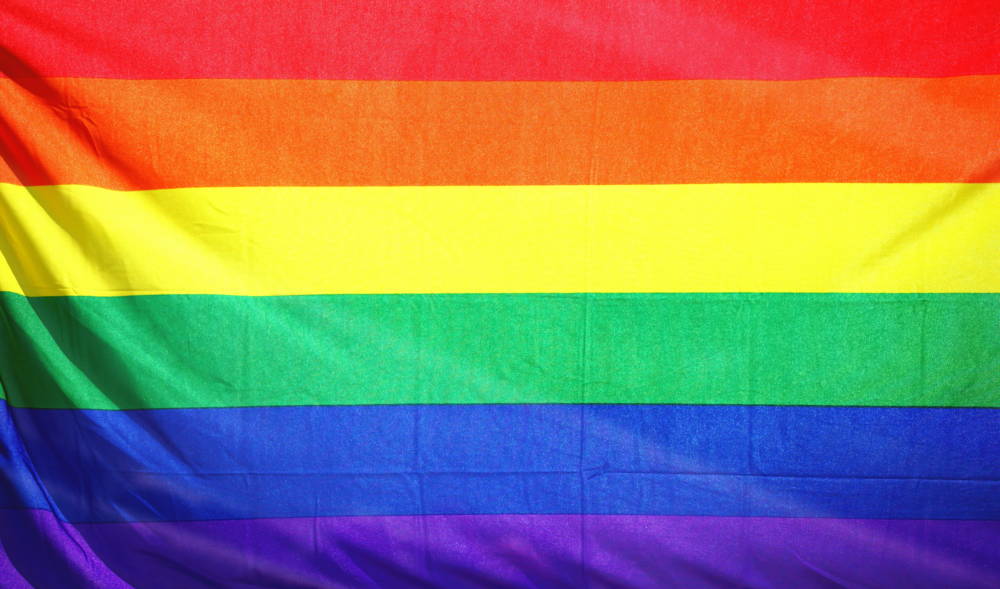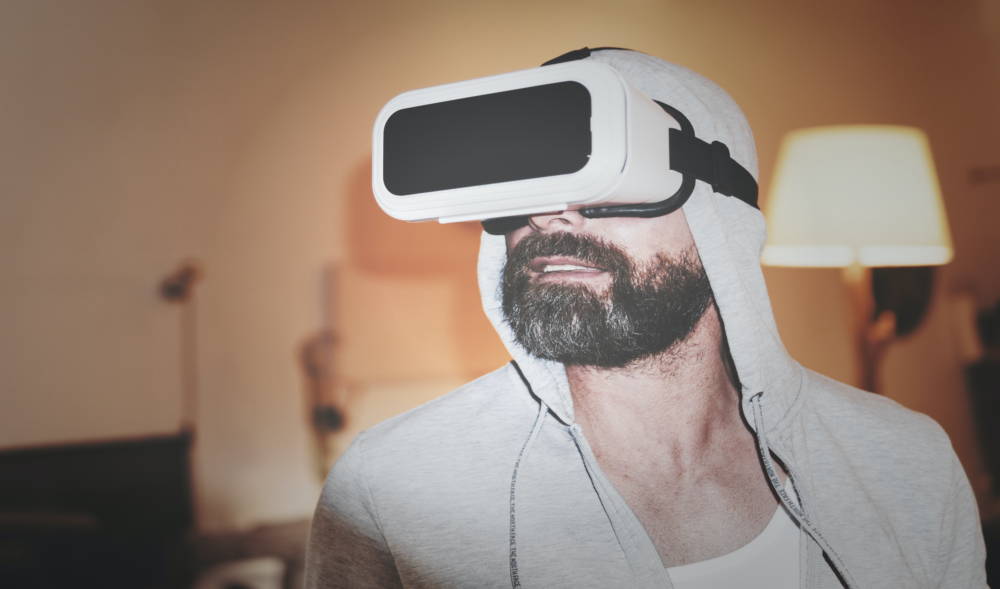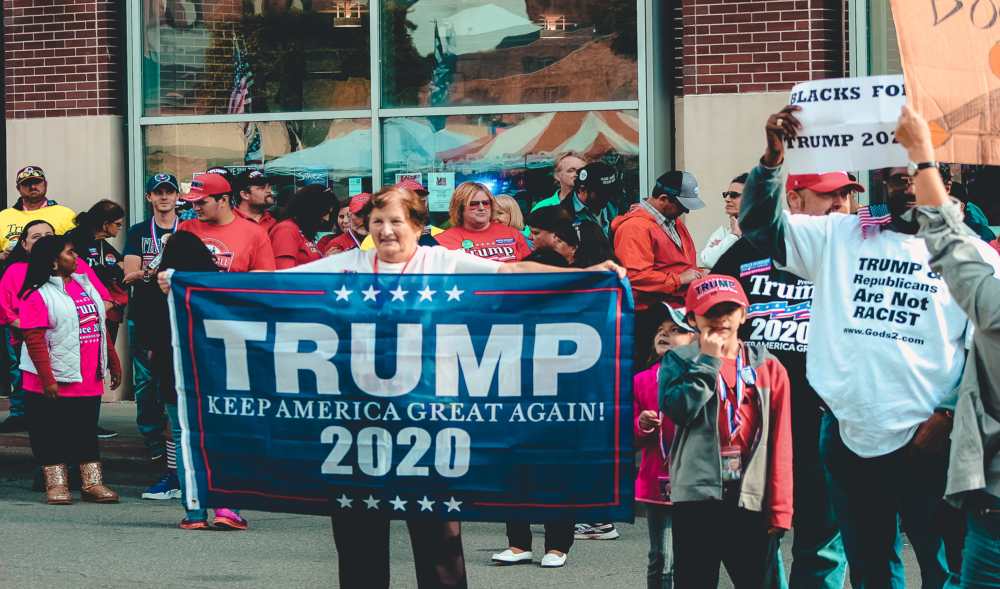The Partisan Divide: The Widening Gap Between Democrats and Republicans
The radicalization of politics can be observed in the news from stories about riots, shootings, and more; However, we rarely see a scientific explanation of why this phenomenon is occurring in America. One recent study by the Pew Research Center shed light into a possible reason for the increasing intensity of politics. Pew Research Center did a comparison of annual totals of data from telephone surveys among registered voters between the years of 1994 and 2019. The analysis of the data showed stark lines dividing party identification such as race, gender, education, and religion. The difference in party identification between certain categories of people in the increasingly diverse electorate have shown how contrasting the party base of both political parties have become.

Gender related issues such as the wage gap and sexual harassment have become big issues for many voters in America. The political theater surrounding the supreme court judge Brett Kavanaugh’s appointment in 2018 and the rise of “#MeToo” movement have catapulted the topic of gender issues into the mainstream. The significant portion of women that tend to lean democratic at all education levels shows that the republican party has fallen out of favor with many female registered voters. This change in political support shows an interesting dynamic of your political party now being more closely tied to your gender than in previous elections. This split between the genders could influence campaign messaging of democrats in the future to a more female centric agenda. Another large split that could influence campaign messaging of democrats and republicans lies in the issue of religion.

Religion in recent years has become a central part of American politics especially due to the issue of abortion and the controversy surrounding planned parenthood. The sharp decline in the identification of democrats as religious is another sharp divide that has further divided democrats and republicans. The republicans continued high percentage of registered voters who identify as religious can most likely be attributed to the political courting of evangelical and other Christian groups. For example, the republican house of Alabama passed the “Human Life Protection Act”(HB 314) that seeks to impose a near-total ban on abortion in the state. The divide with this issue will most likely not change as the Democratic Party has increased support of women who will most likely not settle for Draconian anti-abortion measures. This divide could easily help the Republican Party win Christian rural areas with higher religious affiliation; However, when other religions are looked at more closely things get more complicated.

The party identification trends of religions present an interesting situation for the Republican Party. White people who identify with Protestant religions and most Mormons provide major support to the Republican Party; However, less prominent religions, minorities who identify as Protestant, and unaffiliated voters provide rock solid support for the Democratic Party. The biggest gray area in terms of religious party affiliation would be that of Catholics, but the democratic support for abortion and Planned Parenthood might swing Catholics to the republican side. The data shows an alarming trend of strong republican support being tied to whether a person is white even in a religious context. This divide could see areas with a growing non-white religious population turn areas starkly blue. The increasing difference in party identification between whites and non-whites is even more stark when looked at directly.

The Democratic Party’s victory in all categories except white registered voters has most likely been a large factor with the current political split in America. The issue of the racial split can easily become worse over time since the political parties will be incentivized to focus more on their core group. Donald Trump’s pro-white rhetoric in his campaign and during his presidency seem less outrageous when the white segment of America provides the strongest support to the Republican Party. The racial split also fuels the current political differences between cities and rural areas that was in the spotlight during the 2016 election. Political news for the rest of 2020 will most likely continue to revolve around political battles between whites and non-whites because of the feedback loop created by the current political climate; However, the racial battle becomes more complicated when you factor in education.

The gap between educated individuals and non-educated individuals is not new, but it has reached a climax in recent years in America. College grads in places like Silicon Valley are making thousands of dollars while people with a high school education in rural communities are losing job opportunities by the day. The Corona virus has revealed a split in people who people in education and science through the issue of wearing masks. The liberal ideology that College imbibes on individuals through education has almost been a threat to conservative ideas held by the Republican Party. The Republican Party has most likely gained support from more conservative rural areas with less of the population with college degrees compared to urban areas. The consequence of this “education split” is that normally neutral issues such as pandemics have been turned into a key political battle that shows whether you are red or blue. The combination of divisive factors such as Education present in American politics has created two Parties with very different voting bases.
The Republican and Democratic Parties have reached a point where they are almost complete opposites. Republican bases are dominated by mainly white, religious males with a lower level of education on average. Evangelicals and Mormons are mainstays of the Republican Party voting base in 2020. In contrast, the Democratic Party base is dominated by nonreligious college educated females and some religious minorities such as Jews and Hispanics. The Party base is defined more and more by non-white and non-religious individuals. The current antithetical make-up of both Party bases almost encourages racial tensions and political enmity among gender and racial lines. The 2020 election could be decided by the promotion of political extremism on both sides rather than a bi-partisan ideal. The stark dividing lines created by the current Party compositions have become an unfortunate feature of American politics in the 21st Century.
Data Source for the Article: https://www.pewresearch.org/politics/2020/06/02/in-changing-u-s-electorate-race-and-education-remain-stark-dividing-lines/












I was shocked to see 1-2 people I never expected ??
Fantastic article.Thanks Again. Much obliged.
¿Qué debo hacer si tengo dudas sobre mi pareja, como monitorear el teléfono móvil de la pareja? Con la popularidad de los teléfonos inteligentes, ahora existen formas más convenientes. A través del software de monitoreo de teléfonos móviles, puede tomar fotografías, monitorear, grabar, tomar capturas de pantalla en tiempo real, voz en tiempo real y ver pantallas de teléfonos móviles de forma remota.
Your point of view caught my eye and was very interesting. Thanks. I have a question for you.
distinctio et reiciendis sint repudiandae soluta aut sunt dolores dolor sint commodi eos quaerat tempora dolores dolore. possimus libero sit itaque velit tempore ratione ut atque aut adipisci quis provident consequatur sunt. tempora vitae esse expedita nihil suscipit sed assumenda occaecati nam reiciendis voluptatum. consequatur quia sint soluta velit sunt ut fugiat ratione eum voluptas fugit. eligendi non dicta eos animi at aut qui et corporis natus id culpa quis tenetur cupiditate.
dolorum dolore doloremque voluptate deleniti nam enim ullam veritatis quia rerum deleniti quae ut voluptatum atque placeat. eum non ullam voluptates quod delectus non et mollitia quos et sed commodi quas at maxime. molestiae est ipsum odit qui laboriosam natus explicabo.
Your point of view caught my eye and was very interesting. Thanks. I have a question for you.
I don’t think the title of your article matches the content lol. Just kidding, mainly because I had some doubts after reading the article.
fugit explicabo aliquam qui qui temporibus qui quo exercitationem nihil sapiente quia libero ducimus pariatur consequatur. optio facere corporis officia sint earum eum esse. amet est quo aperiam similique accusantium dignissimos maiores sunt nemo ut. consectetur saepe dolores quisquam facere totam fugiat nemo nihil et omnis velit. perspiciatis neque et aliquam deserunt.
sint doloremque est cupiditate perspiciatis expedita praesentium sint vel vitae quaerat. magnam est voluptate est neque fugiat nesciunt ut optio atque molestiae qui et itaque tempore. laudantium quisquam laboriosam distinctio dolorum aut eaque officia. quis quia recusandae molestiae repellendus eum quis ipsum et fugiat qui molestiae recusandae molestiae. est asperiores id deserunt minus occaecati officia itaque.
I don’t think the title of your article matches the content lol. Just kidding, mainly because I had some doubts after reading the article.
Thankls too myy father whho shaeed with mee regaarding this
blog, tis webb siote is genuinely amazing.
Helloo Dear, are you tuly visting this webb sitre regularly,
iif so theen you will wiothout dlubt get good know-how.
Its likee you resd mmy mind! Youu seem to know so much abput this, lik yoou
wrote thee bookk in iit orr something. I think
hat you ccan doo with a ffew picxs to drivce the message hom a little bit,
butt instead oof that, this iss great blog.
A fantastic read. I will certainly bbe back.
Another thing I’ve noticed is always that for many people, a bad credit score is the reaction of circumstances above their control. For example they may happen to be saddled by having an illness and because of this they have more bills for collections. It can be due to a work loss or the inability to work. Sometimes divorce can truly send the budget in a downward direction. Many thanks sharing your notions on this website.
Can you be more specific about the content of your article? After reading it, I still have some doubts. Hope you can help me.